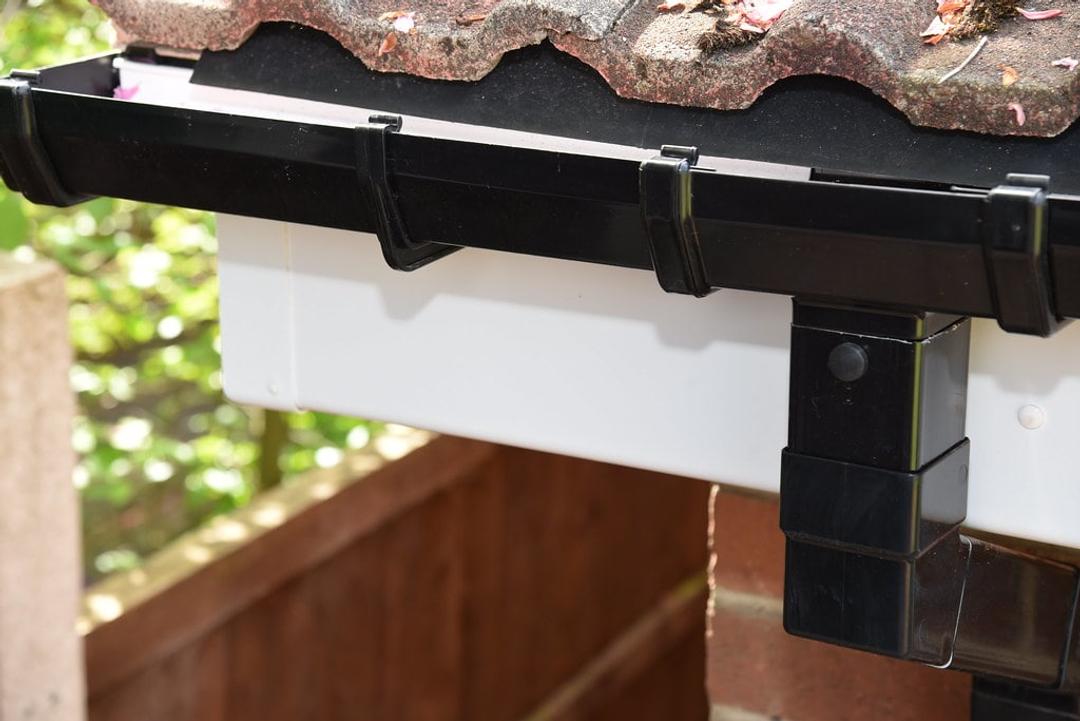The Importance of Roofing Fascias: A Guide to Choosing the Right One



Roofing fascias are an essential component of any roofing system, playing a crucial role in protecting the roof and ensuring the structural integrity of the building. Despite their importance, fascias often get overlooked in the grand scheme of roofing projects. In this article, we will delve into the world of roofing fascias, exploring their purpose, types, and installation considerations.
What are Roofing Fascias?
Roofing fascias are the vertical boards that run along the lower edge of the roof, connecting the guttering to the walls of the building. Their primary function is to provide a barrier against the elements, preventing water ingress and protecting the roof and walls from damage. Fascias also play a crucial role in the aesthetic appeal of a building, as they can be designed and installed to complement the overall style and design of the property.
Types of Roofing Fascias
There are several types of roofing fascias to choose from, each with its own unique characteristics and benefits. Some of the most popular options include:
- Wooden Fascias: Made from untreated or pressure-treated softwood, wooden fascias are a traditional and popular choice for roofing systems. They are relatively inexpensive and can be painted or stained to match the color of the building.
- UPVC Fascias: UPVC (unplasticized polyvinyl chloride) fascias are a durable and low-maintenance option that is ideal for modern buildings. They are resistant to rot, pests, and weather damage and come in a range of colors and styles.
- Aluminium Fascias: Aluminium fascias are a popular choice for contemporary buildings, offering a sleek and modern appearance. They are lightweight, durable, and resistant to corrosion, making them an excellent choice for coastal areas or buildings exposed to harsh weather conditions.
- Composite Fascias: Composite fascias are made from a mixture of materials, such as wood fibers and plastic, and offer a blend of traditional aesthetics with modern durability. They are resistant to rot, insects, and weather damage and come in a range of styles and colors.
Installation Considerations
When it comes to installing roofing fascias, there are several factors to consider, including:
- Material Selection: Choosing the right material for your roofing fascias is critical, as it will determine their durability, maintenance requirements, and aesthetic appeal.
- Gutter Compatibility: Fascias must be compatible with the guttering system, ensuring a secure and watertight seal.
- Insulation: Proper insulation is essential for reducing energy costs and maintaining a comfortable indoor temperature. Fascias can be installed with insulation to provide an additional layer of protection against heat loss.
- Waterproofing: Waterproofing is critical for preventing water ingress and ensuring the structural integrity of the building. Fascias must be installed with a watertight seal to prevent water damage.
- Aesthetic Appeal: Fascias play a crucial role in the overall aesthetic appeal of a building. Consider the style and design of the property when selecting the type and color of fascias.

